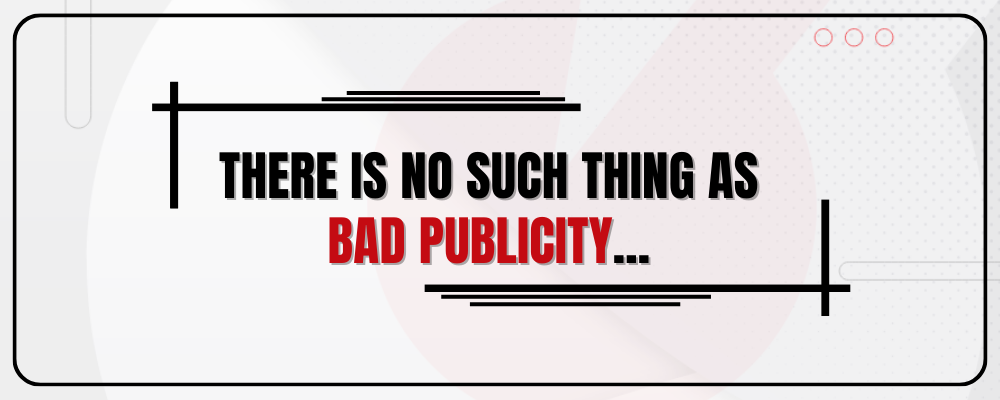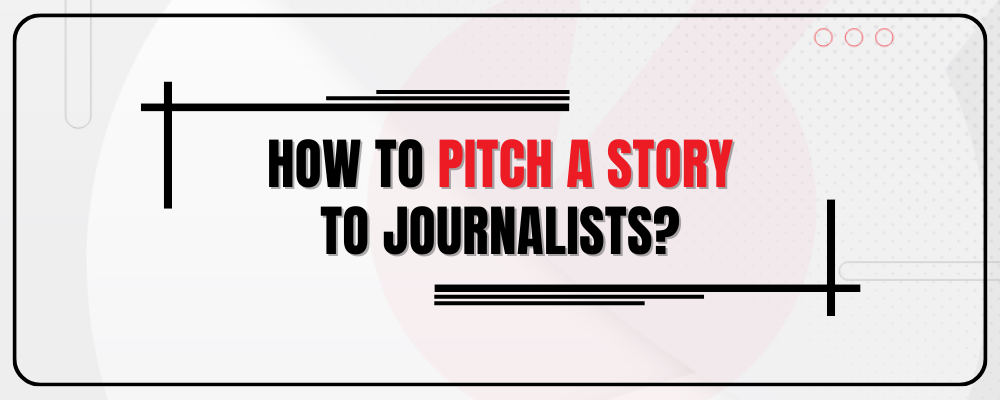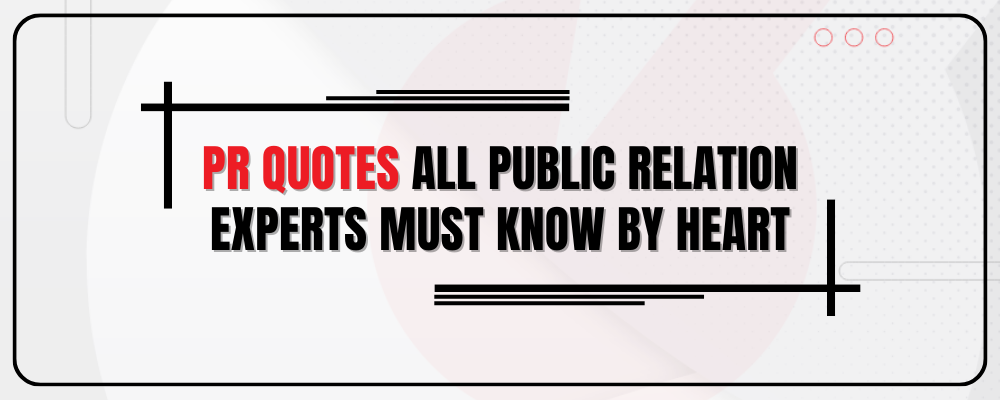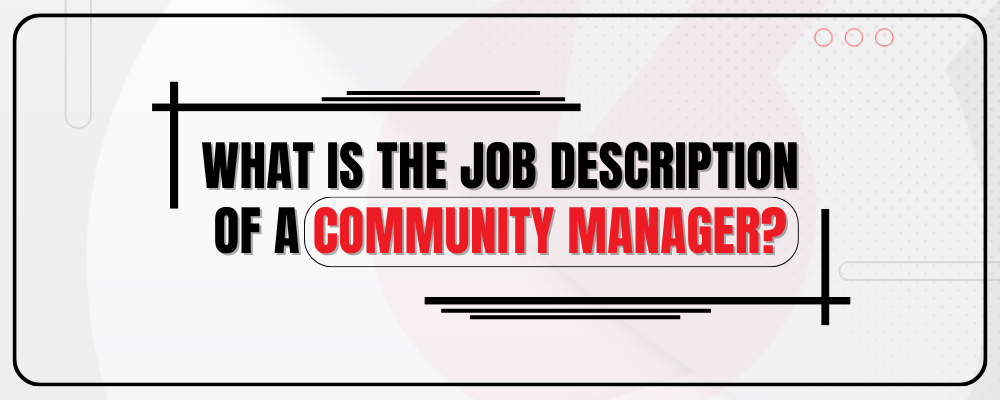Have you ever heard the saying, “There’s no such thing as bad PR”?
- It means any kind of attention, whether good or bad, can actually benefit a person or a company.
This idea is often linked to a famous showman named P.T. Barnum, who believed that even negative publicity could bring more visibility and, ultimately, financial gain.
Today, we’ll explore where this saying comes from, look at examples from history, and try to understand why some believe that any kind of publicity can be valuable.
The Origins of the Phrase
The saying “There’s no such thing as bad PR” is often credited to P.T. Barnum. He was a 19th-century entrepreneur and showman known for his circus and the American Museum in New York. Barnum believed that even negative attention could help his ventures by making them more famous.
The idea is that as long as people are talking about you, it can be a good thing, regardless of whether the talk is positive or negative.
Historical Examples
Let’s look at some historical examples that seem to support this idea. In the 1954 U.S. presidential campaign, there was an advertisement called “Daisy Girl.” Even though it was criticized for scaring people, it brought a lot of attention to the candidate, Barry Goldwater, making him more well-known.
Celebrities also experience this paradox. When famous people get involved in scandals, it often makes them more popular. Think about stars like Lindsay Lohan or Charlie Sheen—despite the controversies, they remain in the public eye.
Psychological Underpinnings
To understand why some people believe in the power of all publicity, we need to explore the way our minds work. Psychologically, we tend to remember things that make us feel strong emotions.
Negative events, in particular, stick in our memories more than ordinary ones. So, the idea is that even if people hear something negative about you, they’re more likely to remember you.
In PR, the saying suggests that being talked about, whether for good reasons or bad, is what matters most. The fact that people are discussing you means you’re on their minds.
Controversy as a Catalyst for Attention
Controversial things often grab our attention. Whether it’s in newspapers, on TV, or on social media, people are drawn to controversies. This has been true for a long time, but with constant news updates and social media sharing, controversy can spread even faster.
So, even if the news about you is negative, the idea is that it can still be strategically used to get more attention. Some people argue that handling controversy well—finding the right balance—can turn potential problems into opportunities for more visibility and engagement.
The Role of Social Media
Social media has changed how we communicate, and it plays a big role in this idea of all publicity being good. It allows you to connect directly with large audiences. Information can spread quickly, and even negative stories can become viral.
There’s something called the “Streisand effect,” where trying to hide or censor information can actually make it more well-known.
Negative stories can lead to trending topics and widespread discussions. This phenomenon shows how unpredictable the situations of attention can be in the age of social media.
Case Study: The Nike Colin Kaepernick Campaign
Let’s look at a recent example that shows this paradox in action—the Nike Colin Kaepernick campaign. Nike decided to feature Colin Kaepernick, a former NFL player known for protesting against racial injustice, in a major advertising campaign. This move caused a lot of controversy, with some people even burning their Nike products in protest.
But here’s the interesting part: even though some folks were angry, a lot of other people started talking about Nike and Colin Kaepernick.
The controversy, or big argument, around this ad made the news everywhere. People were arguing on social media, on TV, and in newspapers. It was a big deal.
Now, why did Nike do this? Well, they wanted to connect their brand with important issues, like fighting against racial injustice. Even though some people were against it, the controversy actually helped Nike. More and more people were talking about Nike, and that’s what companies like – lots of attention.
In the end, Nike didn’t just get attention; they also sold more stuff. More people wanted to buy Nike products because they liked that the company was standing up for something important.
So, this case shows how a big company like Nike used a controversial ad to get people talking, and even though some were upset, it ended up helping their business. It’s like turning a problem into something good for them!
Limitations and Risks
While the saying suggests that any kind of attention can be beneficial, it’s important to recognize that there are risks involved. Negative publicity can lead to reputational damage, loss of trust, and long-term consequences. If the negative attention is related to ethical or legal problems, the impact can be severe.
Public sentiment can also change quickly. What starts as a big story might not keep people’s interest, or it could turn into something negative over time. So, even though attention is valuable, it’s not without its potential downsides.
So the saying “There’s no such thing as bad PR” captures the idea that attention, whether positive or negative, can bring more visibility and success.
However, reputational damage and loss of trust are real possibilities with negative publicity.
The success of leveraging bad PR depends on the context, the nature of the controversy, and the skill with which individuals and organizations handle the complexity public perception.
So, while attention is valuable, it’s not a guarantee of lasting success, and careful consideration is needed when dealing with the paradox of good and bad publicity.






